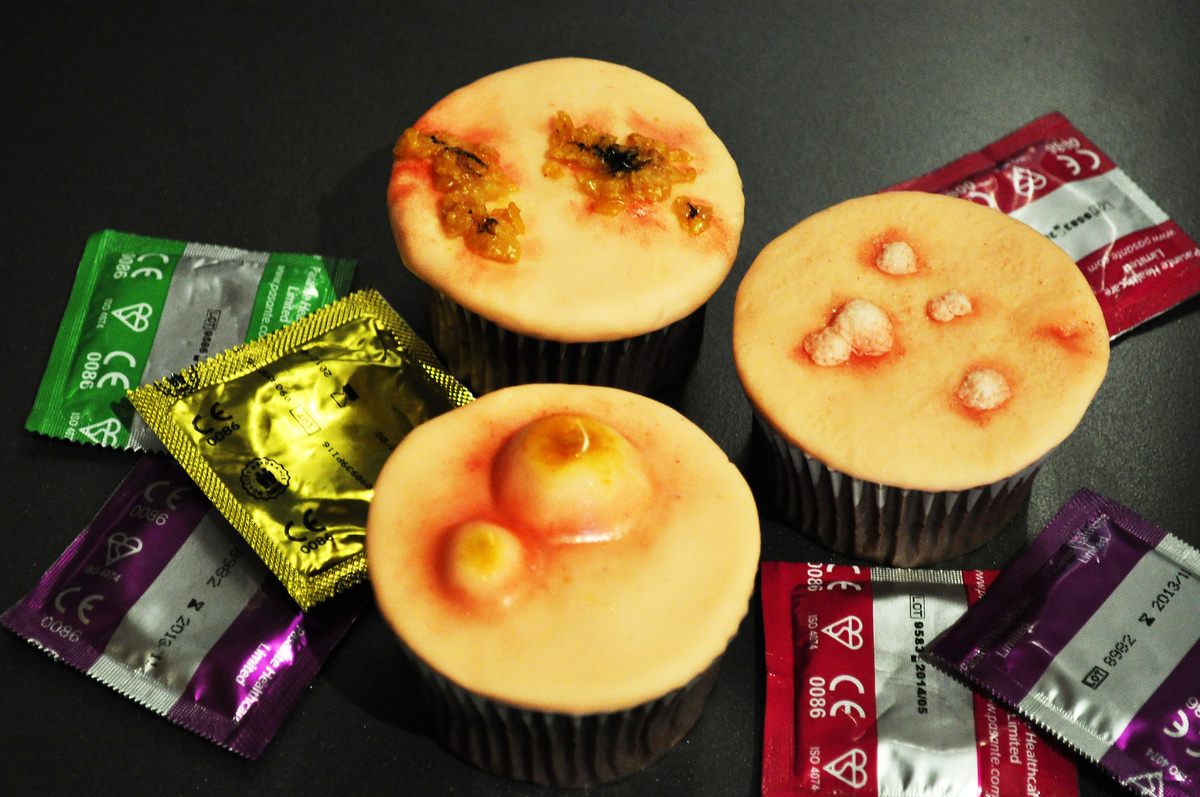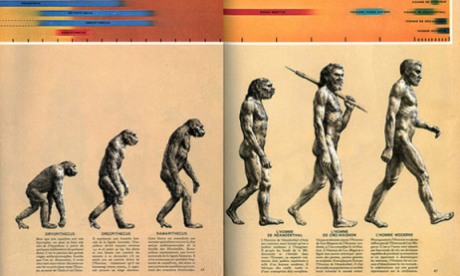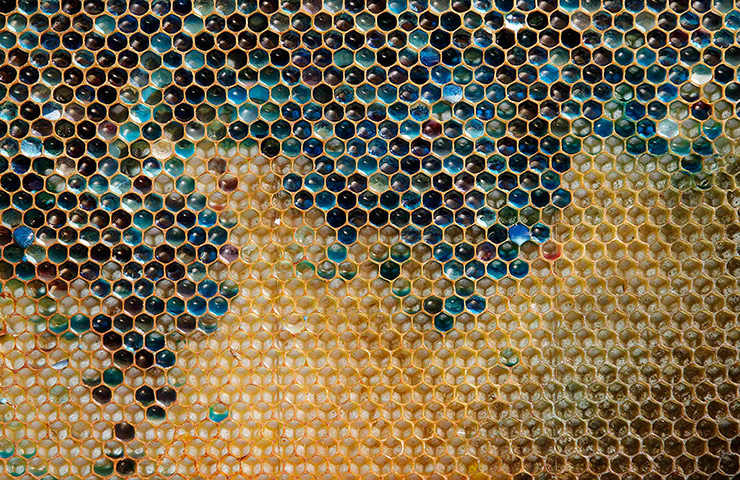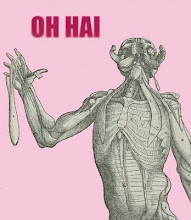Cute Enamel Pins For Every Medical Speciality
-
Cute Gastroenterology Pin Collection
We can smell an gastroenterology pin order a mile away when we're shipping
out pin orders -- for those of you who gr...
Wednesday, October 31, 2012
Tuesday, October 30, 2012
More Halloween Music Videos
For indie, here's Matt Pond PA:
For alt country, here's Ryan Adams:
For punk, here's some Misfits:
For classical, here's Mussorgsky's Night on Bald Mountain as visualized by Disney:
For alt country, here's Ryan Adams:
For punk, here's some Misfits:
For classical, here's Mussorgsky's Night on Bald Mountain as visualized by Disney:
And for a romantic piece by Camille Saint-Saens redone by Bela Fleck:
Baron Samedi and the Story Behind Zombies
Baron Samedi
Artist Vero Navarro's website HERE
Great New York Times Story:
A Zombie Is a Slave Forever
By AMY WILENTZ
Happy Halloween from Emily Dickinson
'Tis so appalling -- it exhilarates by Emily Dickinson
'Tis so appalling -- it exhilarates --
So over Horror, it half Captivates --
The Soul stares after it, secure --
A Sepulchre, fears frost, no more --
To scan a Ghost, is faint --
But grappling, conquers it --
How easy, Torment, now --
Suspense kept sawing so --
The Truth, is Bald, and Cold --
But that will hold --
If any are not sure --
We show them -- prayer --
But we, who know,
Stop hoping, now --
Looking at Death, is Dying --
Just let go the Breath --
And not the pillow at your Cheek
So Slumbereth --
Others, Can wrestle --
Yours, is done --
And so of Woe, bleak dreaded -- come,
It sets the Fright at liberty --
And Terror's free --
Gay, Ghastly, Holiday!
So over Horror, it half Captivates --
The Soul stares after it, secure --
A Sepulchre, fears frost, no more --
To scan a Ghost, is faint --
But grappling, conquers it --
How easy, Torment, now --
Suspense kept sawing so --
The Truth, is Bald, and Cold --
But that will hold --
If any are not sure --
We show them -- prayer --
But we, who know,
Stop hoping, now --
Looking at Death, is Dying --
Just let go the Breath --
And not the pillow at your Cheek
So Slumbereth --
Others, Can wrestle --
Yours, is done --
And so of Woe, bleak dreaded -- come,
It sets the Fright at liberty --
And Terror's free --
Gay, Ghastly, Holiday!
Sunday, October 28, 2012
Friday, October 26, 2012
Morsels of History
From "From Cave Paintings to the Internet":
Foundation of the First Scientific Society in the Renaissance (1560 – 1578)
Foundation of the First Scientific Society in the Renaissance (1560 – 1578)
The History of Playing with the Self
From a 19th Century Persian manuscript. See at Wellcome's photostream here
Something similar can be seen in a Renaissance print by Marcantonio Raimondi of a woman with a similar penchant for carrots. (This can be seen in the book The Renaissance Print)
Thursday, October 25, 2012
Phallus Impudicus
Yes, that is the actual Linnaean term for it. If you don't believe me, check the interwebs.
Thanks to RS.
Wednesday, October 24, 2012
Tuesday, October 23, 2012
Birthing Fake Monsters in Early Modern Germany
The following are excerpts from Alison Rowlands, "Monstrous Deception: Midwifery, Fraud, and Gender in Early Modern Rothenburg ob der Tauber" in Gender in Early Modern History, ed. Ulinka Rublack. Cambridge: Cambridge University Press, 2002: 71-101:
"Examples of the creatures it was thought possible a woman could give birth to in the sixteenth and seventeenth centuries included a frog, a calf, a lobster and a monkey."
"[The midwife] referred to an unmarried woman from the city of Esslingen who had managed to convince people that her stomach was full of snakes, with the implication that she too had received gifts from onlookers as a result of her mysterious condition"
--
"The plan worked like this: Seitterin's dog had recently given birth to puppies, one of which had died and partially decomposed. Mullerin took its body home with her, fashioned it into something Seitterin later described as 'in the likelness of a little pig', then smuggled it back into Seitterin's room hidden in her basket. She instructed Seitterin to hold the manufactured monstrosity between her legs in front of the opening to her vagina and pretend to be in the throes of childbirth. She was them to summon her female neighbours and, on their arrival, to let the monstrosity fall from between her legs so that they would assume she had just given birth to it"
...
"Mullerin seems to have just pulled the head off the already half-decomposed puppy for the first birth, and skinned, disembowelled and chopped the heads off the next two puppies for births two and three."
Gross! And so wrong!
"Examples of the creatures it was thought possible a woman could give birth to in the sixteenth and seventeenth centuries included a frog, a calf, a lobster and a monkey."
"[The midwife] referred to an unmarried woman from the city of Esslingen who had managed to convince people that her stomach was full of snakes, with the implication that she too had received gifts from onlookers as a result of her mysterious condition"
--
"The plan worked like this: Seitterin's dog had recently given birth to puppies, one of which had died and partially decomposed. Mullerin took its body home with her, fashioned it into something Seitterin later described as 'in the likelness of a little pig', then smuggled it back into Seitterin's room hidden in her basket. She instructed Seitterin to hold the manufactured monstrosity between her legs in front of the opening to her vagina and pretend to be in the throes of childbirth. She was them to summon her female neighbours and, on their arrival, to let the monstrosity fall from between her legs so that they would assume she had just given birth to it"
...
"Mullerin seems to have just pulled the head off the already half-decomposed puppy for the first birth, and skinned, disembowelled and chopped the heads off the next two puppies for births two and three."
Gross! And so wrong!
Monday, October 22, 2012
Friday, October 19, 2012
Dickinson and Chemotherapy
In an article on the side effects of chemotherapy, Susan Gubar uses Emily Dickinson to explain one of the worst--anhedonia, 'the inability to experience pleasure from activities usually found enjoyable.'
I felt a Funeral, in my Brain (280)
I felt a Funeral, in my Brain,
And Mourners to and fro
Kept treading – treading – till it seemed
That Sense was breaking through –
And when they all were seated,
A Service, like a Drum –
Kept beating – beating – till I thought
My Mind was going numb –
And then I heard them lift a Box
And creak across my Soul
With those same Boots of Lead, again,
Then Space – began to toll,
As all the Heavens were a Bell,
And Being, but an Ear,
And I, and Silence, some strange Race
Wrecked, solitary, here –
And then a Plank in Reason, broke,
And I dropped down, and down –
And hit a World, at every plunge,
And Finished knowing – then –
© 2012, Academy of American Poets. All Rights Reserved
I felt a Funeral, in my Brain (280)
I felt a Funeral, in my Brain,
And Mourners to and fro
Kept treading – treading – till it seemed
That Sense was breaking through –
And when they all were seated,
A Service, like a Drum –
Kept beating – beating – till I thought
My Mind was going numb –
And then I heard them lift a Box
And creak across my Soul
With those same Boots of Lead, again,
Then Space – began to toll,
As all the Heavens were a Bell,
And Being, but an Ear,
And I, and Silence, some strange Race
Wrecked, solitary, here –
And then a Plank in Reason, broke,
And I dropped down, and down –
And hit a World, at every plunge,
And Finished knowing – then –
© 2012, Academy of American Poets. All Rights Reserved
Monday, October 15, 2012
Alternate dissertation ideas:
"The Gravity of Color: Suspenders and the American Man in the Early 20th Century"
"Hair: How Madame de Pompadour Inspired American Taste, 1940-1970"
"Turdplay: Poop and German Art, 1400-1600"
"Bad Colour: The Urine Wheel and the Medieval Imagination"
"Sexy Saints: Theresa and Sebastian in Contemporary Art and Queer Theory"
Sunday, October 14, 2012
Saturday, October 13, 2012
Unicorn Update
Wednesday, October 10, 2012
Tuesday, October 9, 2012
Fetus-kin
This is my tiny fetus pumpkin, which will shortly be inserted into a larger pumpkin and attached to it, perhaps with Twizzlers.
Saturday, October 6, 2012
The Evolution of Evolution in Pictures
See the story HERE
Sweetness
Ribeauville, France: Multicoloured honey which keepers believe was caused by bees feeding on residue from M&M sweets at a nearby biogas plant
From guardian.co.uk
Photograph: Vincent Kessler/Reuters
See my previous post with a similar color-coded wasp's nest from the Oxford Museum of Natural History
Pictures from Friends!
From the Museo Galileo courtesy of PK
Marco d' Agrate, St. Bartholomew, c. 1562.
Duomo, Milan.
Automaton, c. 16th-17th century.
Museum of Decorative Arts, Castello Sforzesco, Milan.
Courtesy of SS
Funereal?
Vienna, Austria: A coffin inspired by René Magritte’s Perspective: Madame Récamier de David at the Funeral MuseumFrom guardian.co.uk
Photograph: Alexander Klein/AFP/Getty Images
Friday, October 5, 2012
Hand of a Master
Handrick Goltzius, Goltzius's Right Hand, 1588
Teylers Museum, Haarlem, The Netherlands
That's right, he drew it himself. Supposedly, he fell into a fire as a small child and grabbed onto the coals. A maid or family friend bandaged him up, only to have his two fingers fuse.
Nonetheless, he was able to draw in ink and create extravagant engravings. His disfigured hand became one of the icons of Northern European prints, giving a sense of grace and legitimacy to prints by his students and many others beyond his artistic circle.
Thursday, October 4, 2012
"Hearing pregnancy described as cheese-making gave a familiar texture to the body's transformations."
Laura Gowing, Common Bodies: Women, Touch and Power in Seventeenth-Century England (New Haven and London: Yale University Press, 2003), p. 4.
And p. 23
Laura Gowing, Common Bodies: Women, Touch and Power in Seventeenth-Century England (New Haven and London: Yale University Press, 2003), p. 4.
And p. 23
Note the quote, "Jokes about incontinence focus not on those women most likely to have bladder problems--mothers and older women--but on adolescents, whose leakiness is sexier"
Experiments for the Whole Family! Or not...
National Gallery, London
Subscribe to:
Posts (Atom)

















































